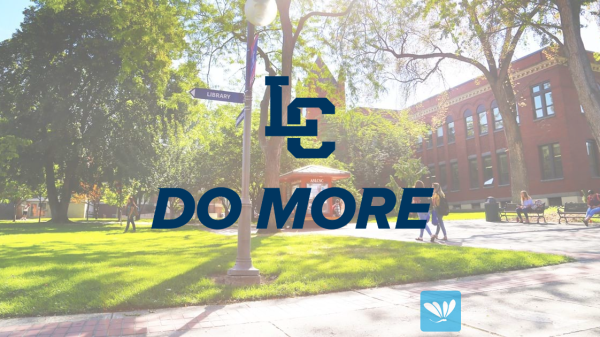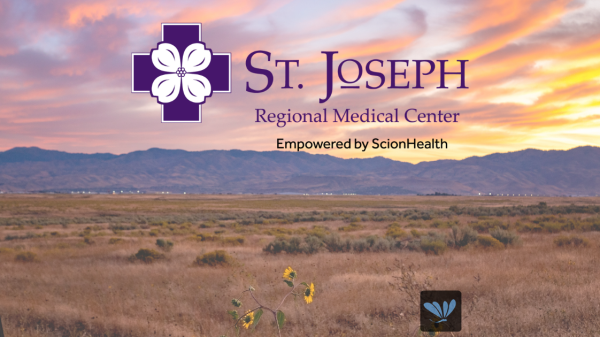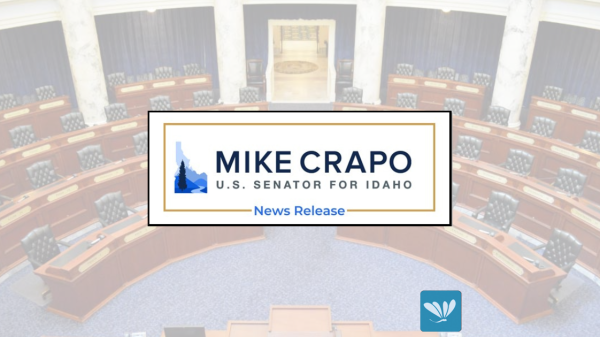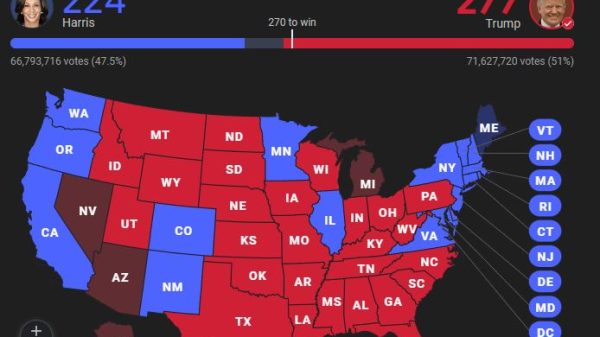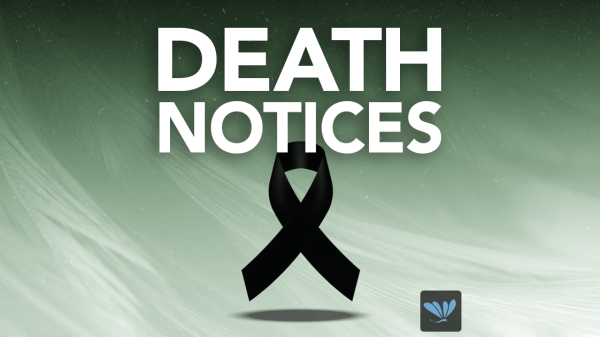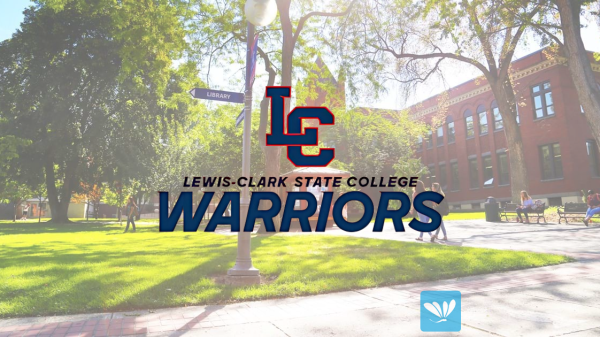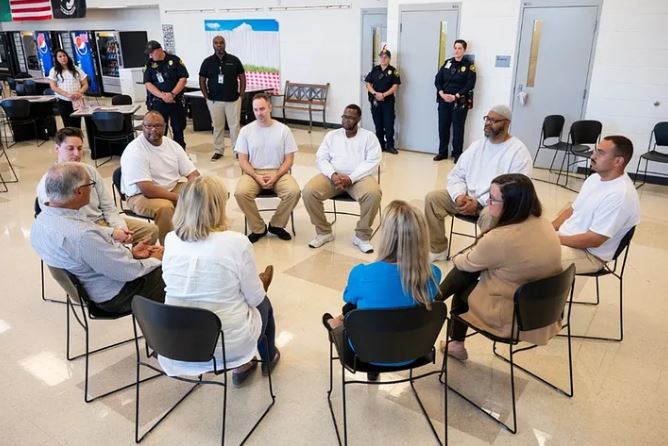(Boise, ID) The best prison, in the view of Gov. Jay Inslee, is one where people leave and don’t come back. Today he signed an executive order updating Washington’s reentry efforts and formalizing Washington state’s commitment to Reentry 2030, a national initiative to reduce recidivism by removing barriers for individuals leaving prison.

The United States incarcerates nearly 16% of the world’s prison population. The national incarceration rate is at least six times higher than most European countries. About 95 percent of incarcerated people will walk free from a state prison one day, but more than 1 out of 4 will return within three years. The United States spends $52 billion on corrections each year, but leads the world in recidivism.
Federal policies like the Second Chance Act are helping, but more work remains.
Reentry 2030 is a national bipartisan initiative to strengthen reentry success in all 50 states.
That’s no small task. Especially for those who served longer sentences, many formerly incarcerated people get used to the structure and regimen of prison. That’s gone in the real world — nobody tells you what to do. Setting a schedule and getting to work on time requires personal initiative, stable housing, and transportation.
Missouri was the first state to join the Reentry 2030 initiative in April 2023.
“We know that about half the people coming into our prisons are coming back for technical reasons and probation violations,” says Karen Pojmann, the Missouri Department of Corrections’ communications director. “If folks don’t have an address or transportation, they miss parole meetings and job interviews. They don’t make it to work on time. They don’t meet the conditions of release, and they come back. So housing, transportation, identification, money for work clothes — little things make the difference.”
Inslee’s executive order makes Washington the sixth state to join Reentry 2030. The EO involves nine state agencies in a collaborative effort to improve conditions for successful reentry after imprisonment. Together, the agencies will address common barriers.
The state departments of Corrections (DOC) and Children, Youth & Families (DCYF) will conduct individual assessments for people at entry and release, and ensure equal access to job training and education.
The Department of Licensing (DOL) will help people get valid identification, and partner with DOC, DCYF and the courts to eliminate driver’s license reinstatement fees.
The Department of Enterprise Services will update training for state human resource managers to improve job prospects for individuals interested in public service.
The Department of Commerce (Commerce) will pursue funding to help formerly incarcerated individuals find housing and seek removal of policies that allow exclusion of renters with a history of incarceration.
The Department of Social and Health Services (DSHS) will seek funding and resources to offer food assistance and other benefits.
The Employment Security Department (ESD) and Department of Labor & Industries (L&I) will encourage employers statewide to hire justice-impacted individuals and provide instruction about worker rights.
And the state Health Care Authority (HCA) will help people access Medicaid-covered health care and behavioral health services.
Washington state is proof that progress is possible
While the Reentry 2030 commitment is new, the state’s commitment to restorative justice is not.
The Washington State Reentry Council was formed in 2016 to smooth the transition from prison to the populace. Inslee signed the state’s first reentry executive order directing agencies to work together on several reentry-focused services and planning.
State efforts are paying off. In 2015, about 34% of people released from prison committed a felony within three years. By 2020, state leaders reported that number had dropped to 22%.
For each dollar invested in corrections education, nearly $20 is saved from reduced recidivism according to a 2018 study by the Washington State Institute for Public Policy. Over 3,000 incarcerated people completed their GEDs inside state prisons between 2018 and 2022. And each dollar invested in prison work programs yields $12.68 in savings. DOC offers more than 1,600 work opportunities inside state prisons.

The state’s Employment Security Department has a workforce re-entry program that has helped many formerly incarcerated individuals find work. DOC already partners with nonprofits like Weld Works, which has found jobs for more than 400 people that pay at least $20 per hour. The agency is embracing culture in prisons, restoring important rituals, offering diploma and degree programs, strengthening parental relationships, and offering apprenticeship programs to ready people for work. DOC’s Graduated Reentry program helps soon-to-be-released individuals for their release day by helping them establish structure.
Adolfphus Redding and Buffy Henson, both formerly incarcerated individuals, shared their personal stories during Monday’s executive order signing. Both talked about the importance of job training, housing, and connections to family or volunteer opportunities.
“The things that I was able to participate in and through Correctional Industries, as well as the volunteer programs, made such a huge impact in my life that today I’m a machinist apprentice at Tool Guage — my CEO is here, thank you,” Redding said who spoke about the employment, spiritual and education programs that have led him to be involved in church and other volunteer activities after he left prison. “I didn’t do this by myself, though. A lot of people believed in me… It all helped prepare me for what I’m doing today.”
“Today I can say that I am off of paper I am free and clear and that for the first time in my life, my involvement with the Department of Corrections is strictly on a volunteer level,” Redding said to laughter and applause.
“It was only during my third incarceration that I embarked on a journey of self-discovery, fueled by education and determination to break the cycle,” Henson said, who described the job training program she participated in and how it helped her find a job as soon as she left prison. Henson also talked about the housing support she received and how it allowed her to reunite with her family to care for her family and children.
“My story stands as a testament that change is possible for those who genuinely seek it,” Henson reflected. “The obstacles I faced during reentry were numerous, yet the support and the educational programs, workforce development, and the unwavering backing of my family turned barriers into stepping stones. As we collectively strive toward making integration a reality by 2030, I envision state leaders and community partners collaborating to design a reentry system that takes into account an individual’s needs, and the barriers they face upon release. Housing and unemployment are the cornerstones of successful reentry.”
Reentry, education, and work programs can transform a prison sentence from bleak and belittling to constructive and healthy.
“We already have one of the lowest rates of incarceration in the nation,” says Strange. “DOC has worked diligently to lower recidivism rates, create better neighbors and ensure that incarcerated individuals don’t return to us once they get out.”

Inside Stafford Creek Corrections Center near Aberdeen, incarcerated men tend to gardens. They train and tend to service animals. They nurture beehives, learn bicycle repair, carpentry, and machining. They take courses sponsored by local community colleges and take training courses towards practical certificates that could lead to employment.
At one end of the campus is a partially-framed house where the men learn the trade of residential construction. They cut rafters, raise walls, rough in plumbing, run wire, and install insulation or roofing. They’re building real skills that can lead to a good job on the outside — one of the crucial factors that keeps them from coming back to prison.
As DOC and its agency and community partners build these people up to be better neighbors, the hope is they don’t come back.









